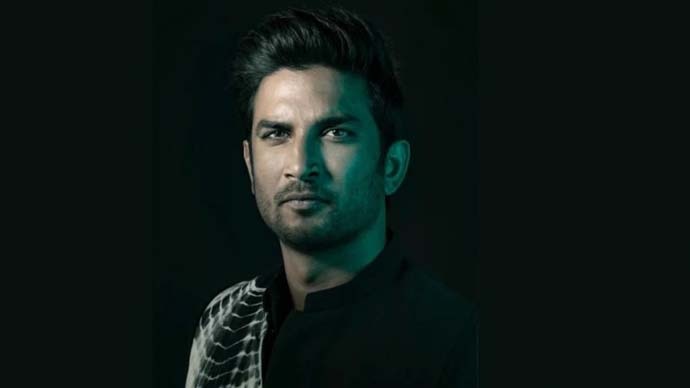Why there is no time to lose when it comes to suicide prevention in India

Trigger Warning: This article is on suicide and could be triggering for vulnerable individuals.
On Sunday afternoon, while most people were settling in for a siesta, one famous life went to sleep forever. The reported suicide of popular actor Sushant Singh Rajput shocked the country and while condolences poured in as expressions of collective grief, the spotlight once again was on the issue of suicide prevention.

A recent PIL in the Supreme Court of India revealed that a total of 1294 minors died by suicide in the last five years in Delhi. On average, these are 250 young lives lost to suicides annually in just one city in India. The National Crime Records Bureau (NCRB) shows a tragic figure of 1.34 lakh individuals who died by suicide in India in 2018. Anecdotal figures are as high as 2.3 lakh (NCRB data may be on the lower side as suicides are often under-reported, having been criminal offences till 2017), while attempted suicide figures could be five times that. While even one death by suicide is one too many, 1.34 lakh is 1.34 lakh too many lives lost, families destroyed, and each of these represents not just a tragedy but one that could have been prevented.
What drives someone to end their life? No one can say for sure. According to the theory of evolution, each living species is programmed for self-preservation — even single-celled species. Human beings, with their complex brains and nervous systems, are better primed to protect themselves than any other living species. So, when a person is driven to contemplate and effect suicide, it is quite evident that something has happened inside their brain that overrides the default switch for self-preservation. Mental disorders are often linked to suicides, but not always.

The first and foremost step in suicide prevention is real-time crisis resolution. This means preventing the actual act of suicide from taking place. The crisis management strategy at such a time would involve talking the person down, sometimes literally, ‘off-the-ledge’ and away from imminent danger. It may involve emergency hospitalisation and steps to move the person out of harm’s way. People who survive suicide attempts or suffer suicidal ideation often report that the feeling was momentary. The right intervention at the right time could thwart an actual attempt. It is also true that people who have attempted once may be vulnerable to repeated attempts. Families and friends are often not aware that the threat of suicide is imminent or may not have the capacity to deal with such a crisis. Suicide (prevention) helplines can provide immediate support and intervention. The few functional suicide (prevention) helplines in India are highly local and require capacity augmentation given the size of our population, and the complexities of language and culture. There is also a need for a nationwide suicide (prevention) helpline.
Another strategy for suicide prevention is to engineer local solutions for specific populations vulnerable to suicide. In Tamil Nadu and Gujarat, state governments in association with WHO and NGOs, have started the highly-effective practice of keeping banks of pesticides under lock-and-key to prevent farmers in distress from consuming pesticides to end their lives.
Suicide is the leading cause of death among Indian women in the age group of 15 to 39 years. As revealed by the PIL, children are also vulnerable to suicides too. Domestic violence, gender inequality, socioeconomic inequity, pressures of the education-and-employment juggernaut are some broad themes that are implicated in suicides. Solutions to these problems lie with society as a whole. Social stigma and taboos around mental health and mental disorders prevent people from speaking up. This stigma needs to be obliterated so that anyone struggling with the state of their mental health is enabled to seek professional treatment, therapy and counselling. In the absence of adequate capacity in professional mental health care, building leadership in mental health in the community is a sine qua non. Replicable and scalable community-based models for suicide prevention and gate-keeper training programs for suicide prevention can fill in the gaps.
Expectedly, society will wake up from its siesta, take note of a celebrity suicide, and move on. These suicide figures need to be like a splash of cold water — the society needs to wake up and move beyond victim-shaming and blaming. The victims are not just the ones who ended their lives. They leave behind families devastated by their loss who struggle to move past, often filled with survivor’s guilt. Moreover, suicide is a preventable cause of human mortality. All that suicide prevention requires is the collaborative efforts and collective will of society to achieve the goal of zero suicide.

